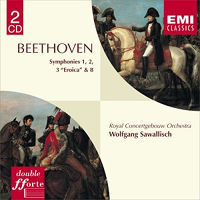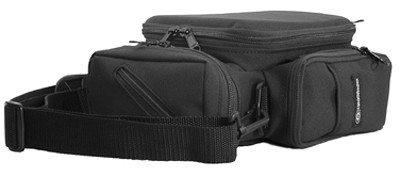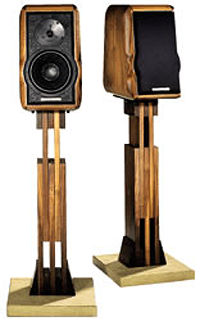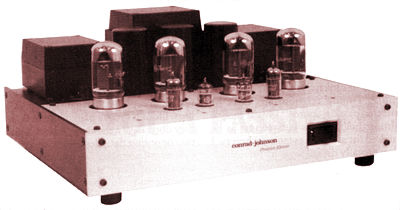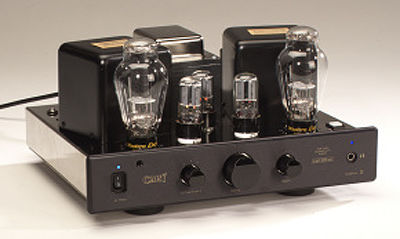Thiel CS.5 loudspeaker
That's right, that's no typo; the name of this speaker is the Thiel CS.5—not 1.5, not 8.5, just point five. The CS.5 is the smallest of Thiel's floorstanding CS (Coherent Source) loudspeaker family, and is likely to remain so—a name like CS.125, for example, is a bit unwieldy. If you're familiar with the rest of Thiel's CS line, then you can imagine what the CS.5 looks like: it resembles the other CS speakers, except it's smaller (footnote 1). And, being a typical smartypants 'ender (as in "high-ender"), I bet you think you know 'zactly how these <I>sound</I>, too, don't you? Well? I thought so.

